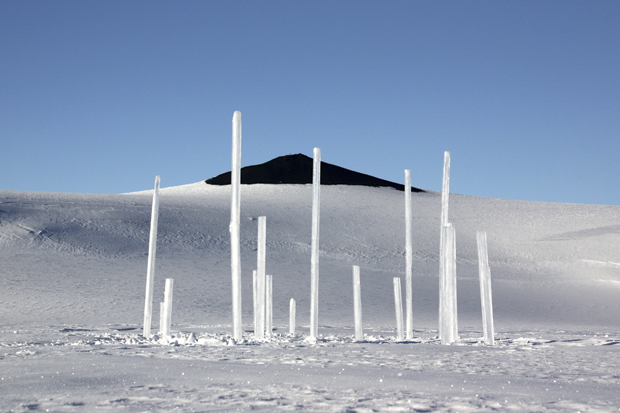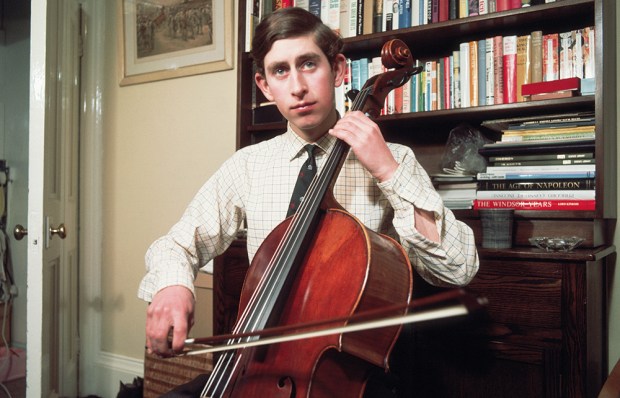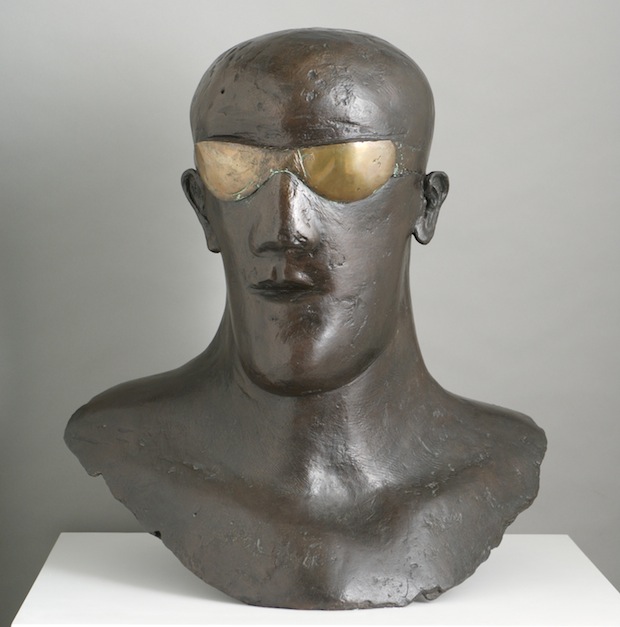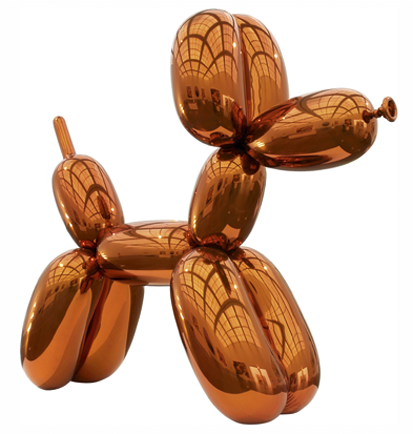As his father lay dying some six years ago, Julian Broke-Evans promised him that he would ‘keep telling the story’, the story being that of Scott’s ill-fated but heroic 1910–13 Terra Nova expedition to the South Pole. Julian’s grandfather was Teddy Evans (later Admiral Lord Mountevans), Scott’s second-in-command, who was to win fame in 1917 as ‘Evans of the Broke’ when he took on six German destroyers in the Dover Straits. Marrying a Norwegian, he embraced the land of Scott’s rival, Amundsen, with an enthusiasm that has passed down the generations and which is now inspiring an Anglo–Norwegian collaboration of rare beauty, set on a mountain-top above Gudbrandsdalen.
Julian, who describes himself as ‘composer, performer and lecturer’, decided to visit the Antarctic himself. An idea was forming in his imagination, an installation of vertical ice pipes. But this was not just to be a visual work: he also intended to record the sound of the polar winds sweeping across the pipes. ‘If I went as a composer, if I did what I do, I felt I would be honouring the promise to dad.’
We are so used to experiencing the expedition through the photographs of Herbert Ponting that it is easy to overlook the sounds that permeated the men’s daily existence. They certainly reverberate through the various accounts. At the hut at Cape Evans (named after Julian’s grandfather) winds blew with such ferocity for six days that pebbles from the beach were hurled against its wooden walls and the chimney vibrated ‘with the sound of an iron gate rattled by prisoners in hell’.
In The Worst Journey in the World, Apsley Cherry-Garrard wrote of the five-week quest to Cape Crozier for a living Emperor penguin embryo: ‘Antarctic exploration is seldom as bad as you imagine, seldom as bad as it sounds but this journey beggared our language. No words can express its horror.’ He talks of ice creaking and groaning under their feet as it moved and split, and noted: ‘Ordinarily in a big winter blizzard, when you have lived for several days and nights with that turmoil in your ears, the lulls are more trying than the noise.’
Evans himself writes of the disturbing nature of silence: ‘The silence now that we had no other party with us was ghastly, for beyond the sound of our own voices and the groaning of the sledge-runners there was no sound whatever to remind us of the outer world.’
Travelling to Antarctica with a party from New Zealand’s University of Canterbury, Julian was able to test the feasibility of his idea: 33 large ice pipes, one for each member of the shore party, including five black ones (dyed with squid ink) for those who lost their lives. The three-metre-high pipes were constructed from PVC moulds, each consisting of an inner 50mm and an outer 100mm tube. The space between was filled with water and since the outside temperature of –3ºC was too high for a quick freeze, the freezer at Scott Base was pressed into service.
After transportation to Windless Bight, Ross Island, the hollow ice pipes were removed from the moulds and set in position in holes excavated in the sea ice shelf. This area was chosen as it was common to all the expedition’s various journeys — the depot-laying trips, the Cape Crozier slog and the trek to the pole. Julian spent two weeks camped there: ‘There were regular white-outs, ground-level mist and cloud where the visibility would be no more than five metres.’ On the afternoon of Christmas Day, 2010, with the wind blowing at about 20 kph, he made all the field recordings. The result is extraordinary: haunting, mysterious, unnerving. Antarctica, that underinhabited and overdescribed continent (to use Robert Macfarlane’s pithy phrase), continues to raise the hairs on the back of one’s neck.
Knowing that the Antarctic ice pipes would soon be destroyed by the elements, Julian planned a similar installation on the mountain top at Fefor in Norway, the area where Scott tested motor tractors for the Terra Nova expedition and where the Evans family hytte (holiday house) was built. With funding from the Scott Polar Institute, the Arts Council and Norwegian sources, bigger ice pipes were made, four metres high and 200mm wide. Initial trials were carried out in temperatures of -25ºC. Alas, an unseasonal thaw meant that the moulds had to take the place of the ice pipes in the audiovisual stream that was relayed live to St Paul’s for the Scott centenary celebrations in March 2012.
The Norwegians have now taken the Isorgel (ice organs) so much to their hearts that they are making the installation at Fefor a permanent memorial, part of the public art element of the revamped E6 motorway that runs through the country from Halden in the south to Kirkenes in the far north. The pipes will be made of stainless steel in the summer, catching water which will freeze inside them and stand free in winter, singing the praises of those whose epitaph was well chosen: ‘To strive, to seek, to find, and not to yield.’
Got something to add? Join the discussion and comment below.
Get 10 issues for just $10
Subscribe to The Spectator Australia today for the next 10 magazine issues, plus full online access, for just $10.
You might disagree with half of it, but you’ll enjoy reading all of it. Try your first month for free, then just $2 a week for the remainder of your first year.














Comments
Don't miss out
Join the conversation with other Spectator Australia readers. Subscribe to leave a comment.
SUBSCRIBEAlready a subscriber? Log in